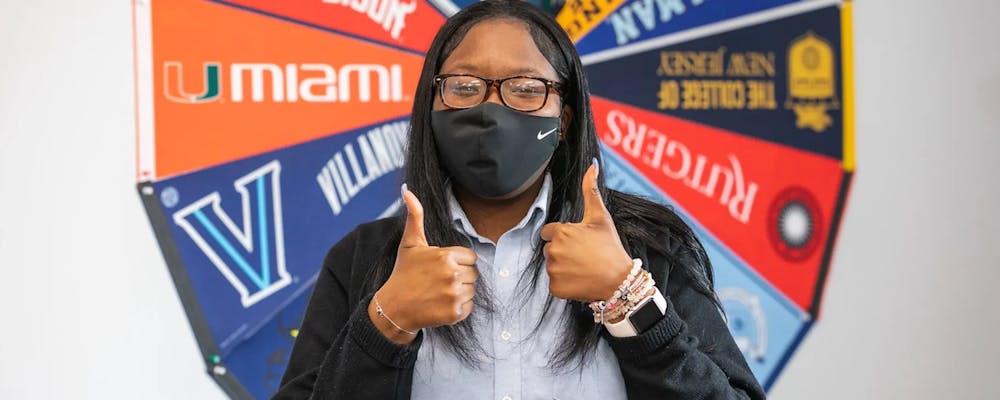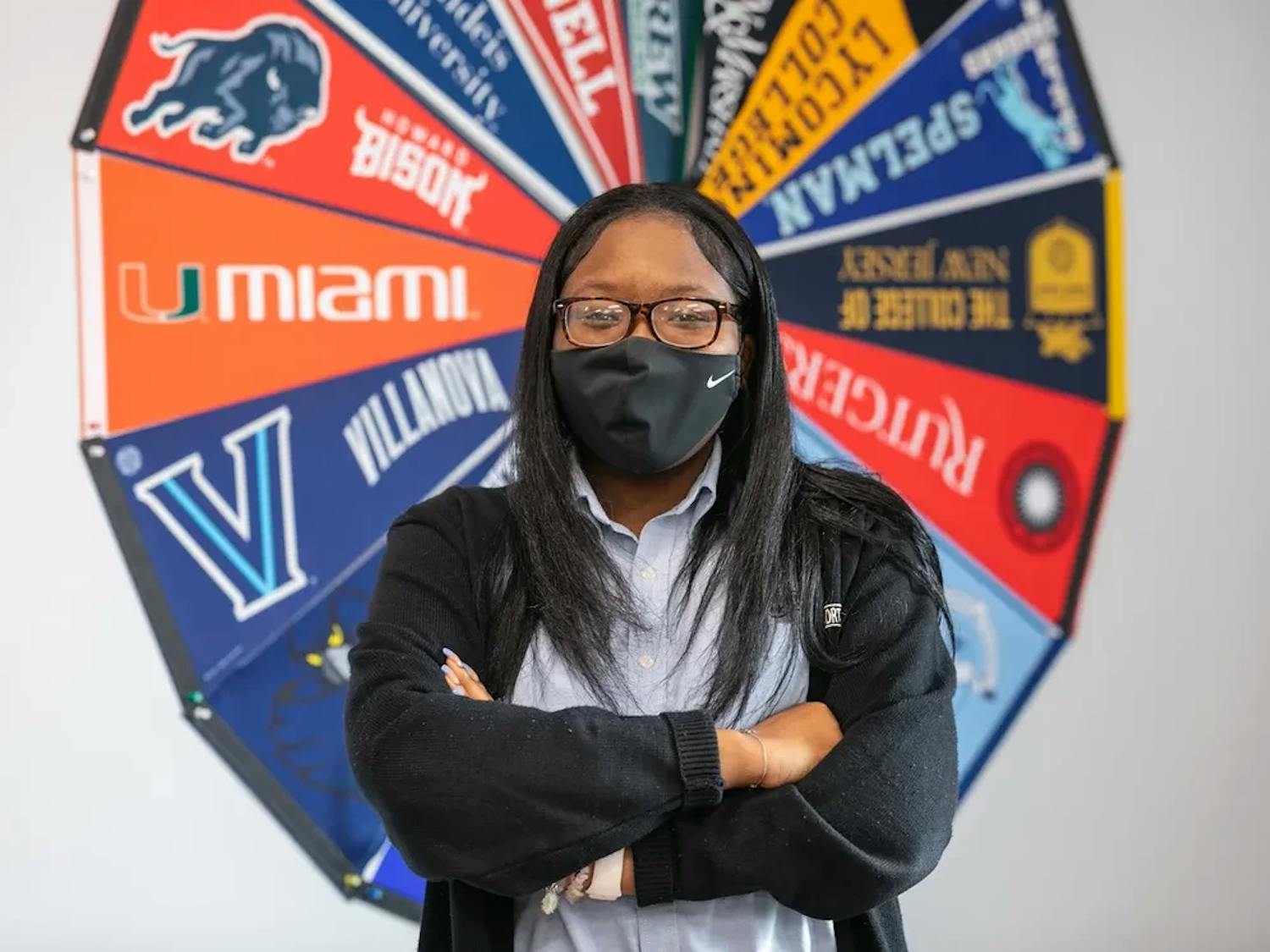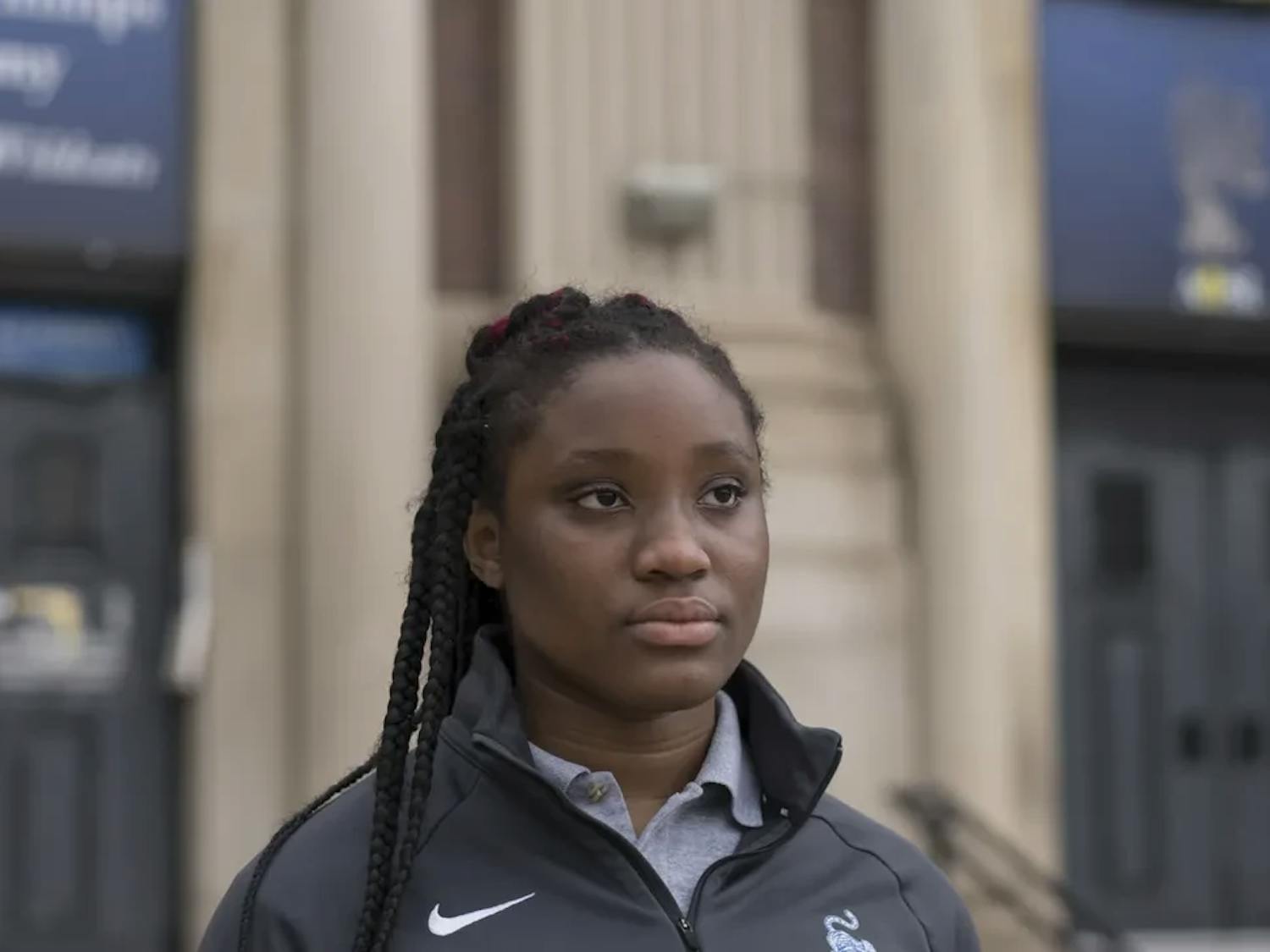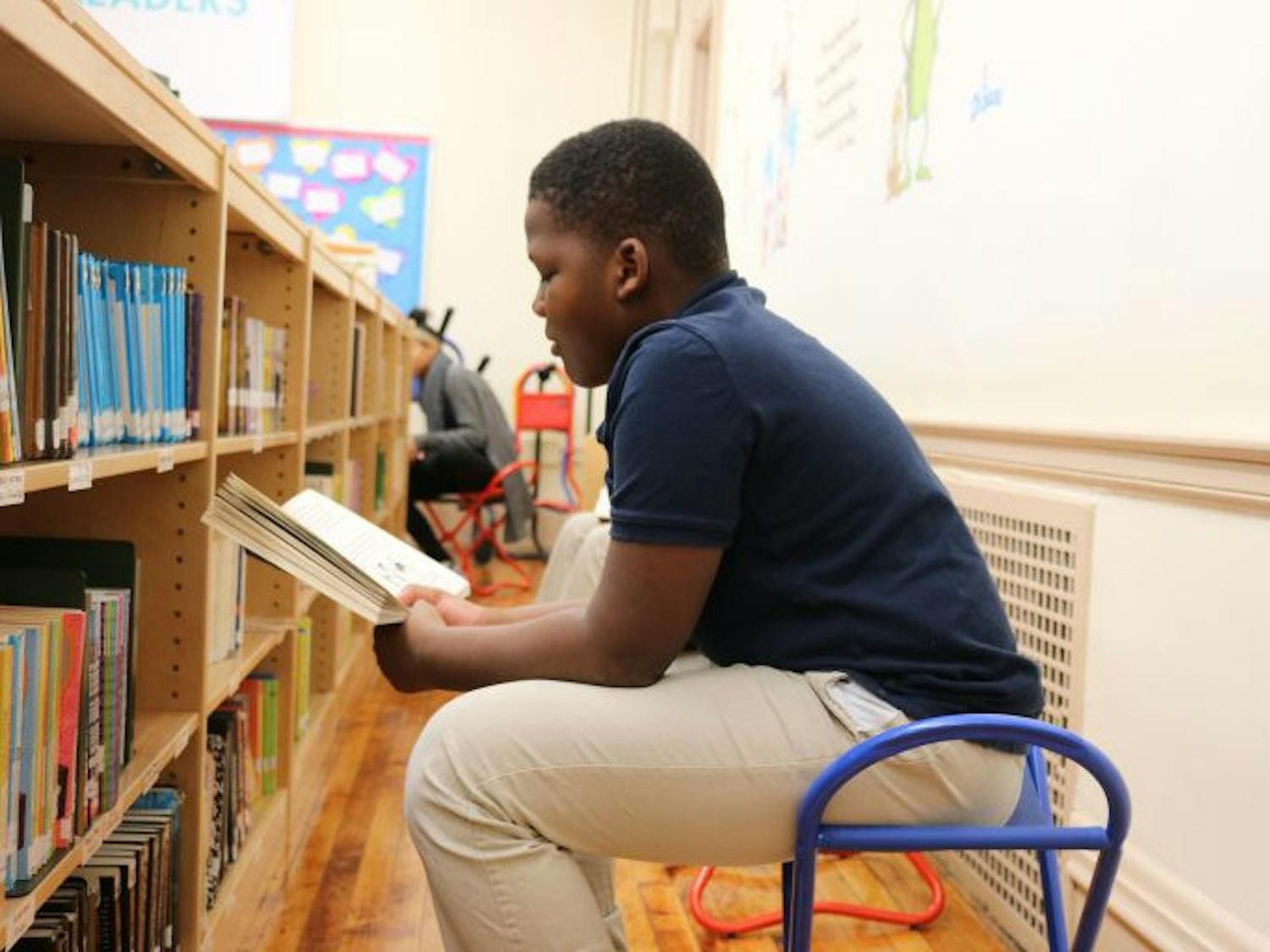Restorative justice. I first heard the phrase during a summer school class back in 2019. The teacher explained that restorative justice is different from our social norm of punishing those who have hurt others or committed crimes. Instead, the goal is to promote accountability and allow both parties (victims and perpetrators) to heal. Understanding restorative justice helped me to envision a world without the prison industrial complex and mass incarceration.
Over the next two years, I spent countless hours reading and theorizing about restorative approaches, as well as advocating for their real-world application. As a member of my school’s Diversity, Equity, and Inclusion team, I led forums on anti-racism and restorative approaches to discipline. But it was my personal experience with restorative justice that fortified my commitment to the practice.
It was a seemingly typical day in my African American History class: We were answering questions, laughing, and enjoying the academic company of each other. Meanwhile, we worked on our second-quarter group projects about the various methods of resistance for enslaved Black peoples across the Americas. My group had been assigned the Stono Rebellion, a 1739 revolt in colonial South Carolina.
I had an idea to add audio to the presentation to enhance the experience of the audience. Specifically, I wanted to incorporate juba, a genre of music birthed on the American Southern plantations and proved essential to mobilizing Black enslaved folks towards the Stono Rebellion.
But when I took out my phone to figure out how to add an audio file into our slide presentation, I heard my teacher say: “Chim! Put your phone away!” To which I reflexively blurted out, “I was just using my phone for our project!” This exchange stunned the class, altering its otherwise steady vibe. After a tense pause, my classmates went back to their projects. I tried to convince myself that it would blow over by the time the bell rang.
So I was surprised to receive an email from my teacher requesting a meeting about the verbal altercation. She asked me to choose from various approaches aimed at restoring harmony in my African American History class. I could select a meeting alone with my teacher, one with my teacher and my family, or one with my teacher and several classmates who witnessed the back-and-forth. Ultimately, I chose to meet with my teacher, a peer advocate, and two other classmates.
As the meeting approached, my heart picked up speed, and soon its beating was the only noise I could hear. My teacher began the session by assuring me I wasn’t in trouble. She explained that I was part of a restorative justice pilot program at my school. Restorative justice wasn’t really part of the DNA of the school — a charter known for its “no excuses” approach to academics and discipline. So hearing her say “restorative justice” gave me a sense of automatic relief, as I knew that my agency would not be debated or encroached upon. I realized I was surrounded by people who actually cared and weren’t automatically going to paint me as an aggressor. My heart rate slowed.
We discussed how our verbal interaction had been perceived, and we shared our feelings about it. By the end of the 15-minute session, we approached what everyone there considered an equitable way forward. My teacher conceded that she thought that by looking at my phone I was off-task. I agreed that I could have reacted in a way that was both less harsh and less defensive. The next day in class wasn’t awkward. I felt good about being back.
The restorative justice pilot allowed me to be advocated for, without the quick assumptions about who was in the wrong. If more students — especially those for whom respectability politics don’t play in their favor — could experience restorative justice, we’d all be better for it.
Black children, who often face disproportionate punishment, who may be treated like adults — or worse yet, criminals — in their own schools, need restorative alternatives to the status quo. Creating safer and more equitable school communities starts with relinquishing punitive discipline systems, and implementing restorative practices where students are heard, seen, and championed.
And as a Black girl, this issue is personal. Monique Morris, the author of “Pushout: The Criminalization of Black Girls In Schools,” has explained that while Black girls make up 16% of female students, they are massively overrepresented among those students referred to law enforcement or arrested on campus. This is what we mean by the school-to-prison pipeline. It’s the reality for Black girls across the country, especially those living in underserved, low-income communities. But the introduction of restorative justice approaches offers hope and lowers rates of recidivism by 11 percentage points, according to Communities for Restorative Justice.
Restorative justice has a role to play when it comes to more serious infractions, too, be they incidents of graffiti, truancy, or threatened violence. Rather than calling in student resource officers or issuing suspensions, restorative justice can de-escalate situations. Rather than officers and handcuffs, there are accountability, amends, and a willingness to believe that we can all do better.
Chimdindu Okafor is a senior at North Star Academy Lincoln Park High School in Newark, New Jersey. She has been accepted to 22 colleges so far. Chimdindu is a Chalkbeat Student Voices fellow.




